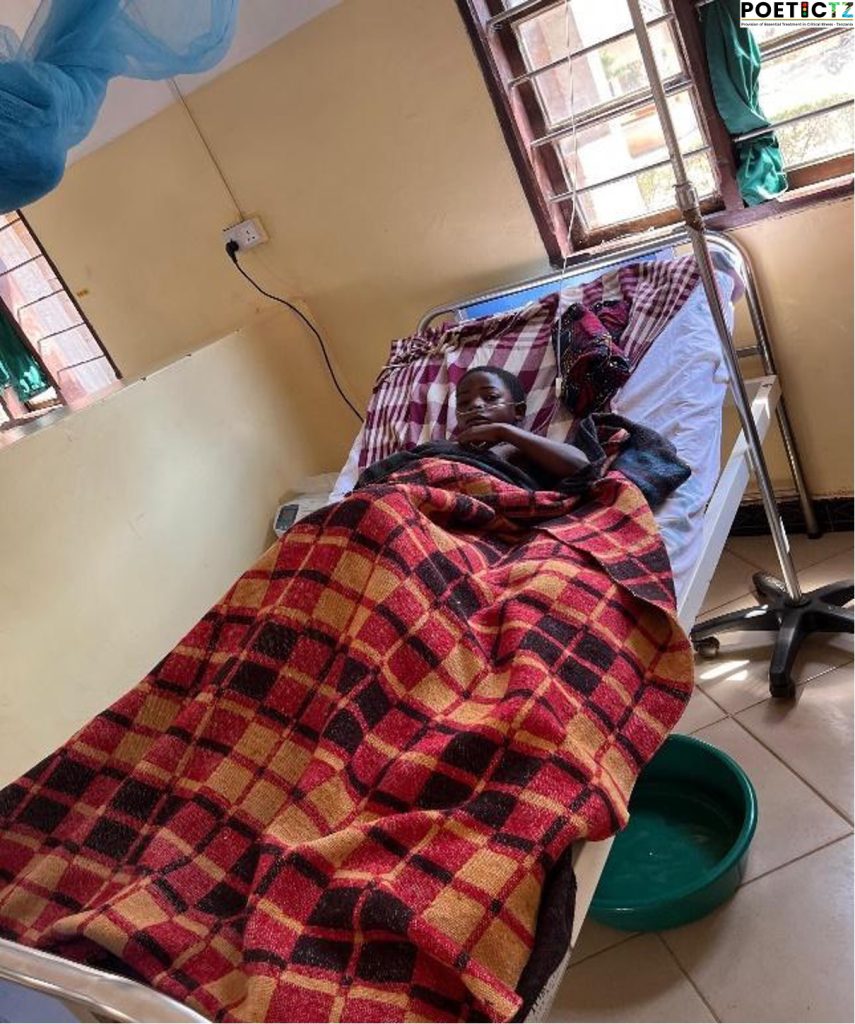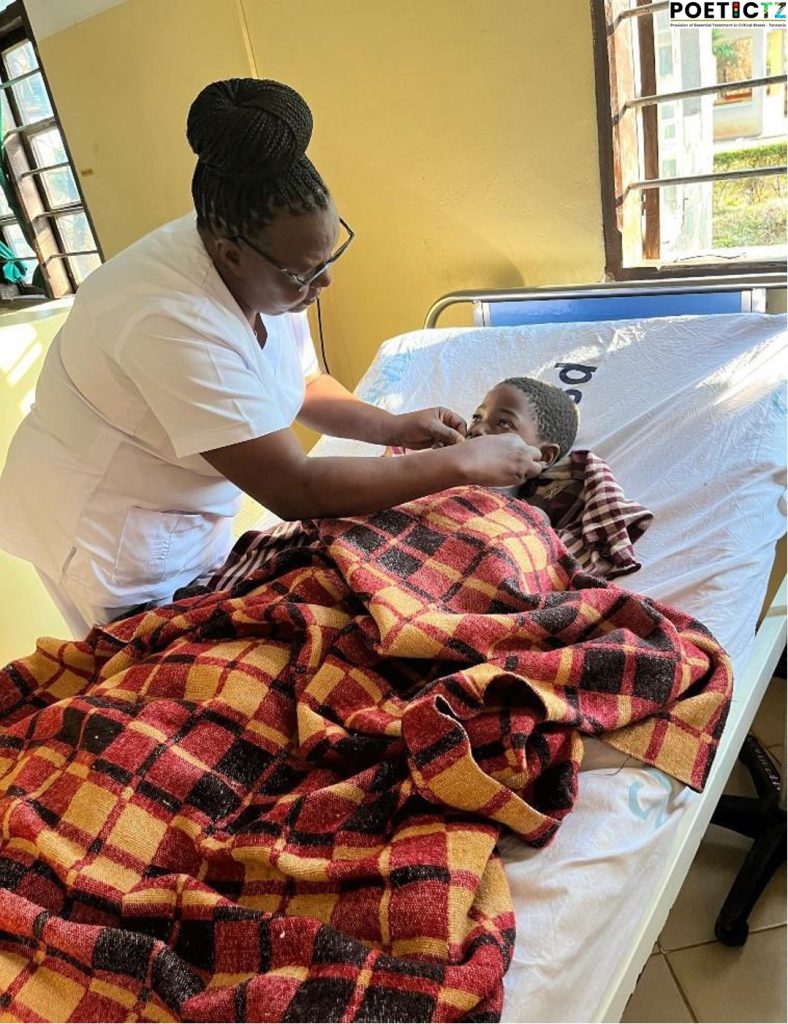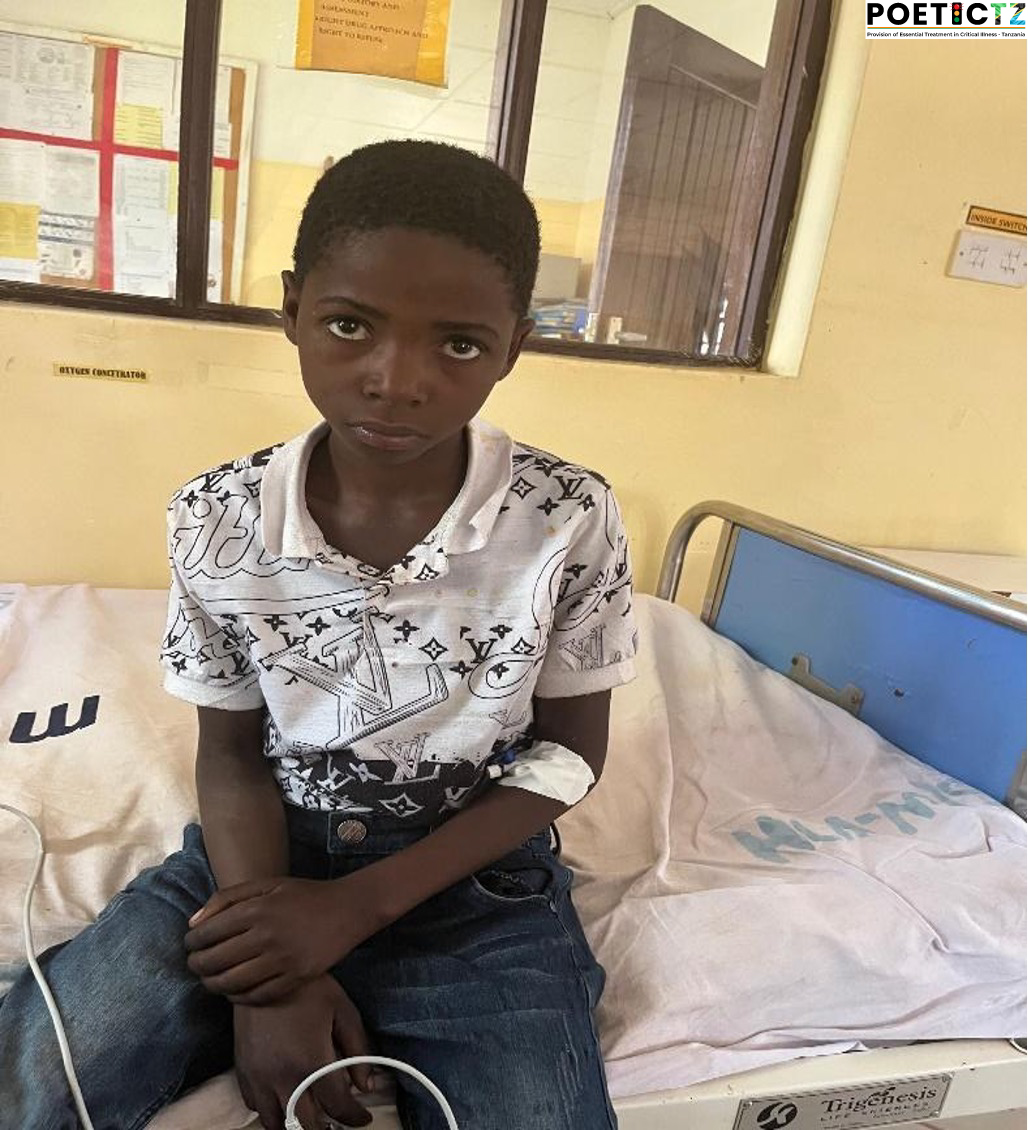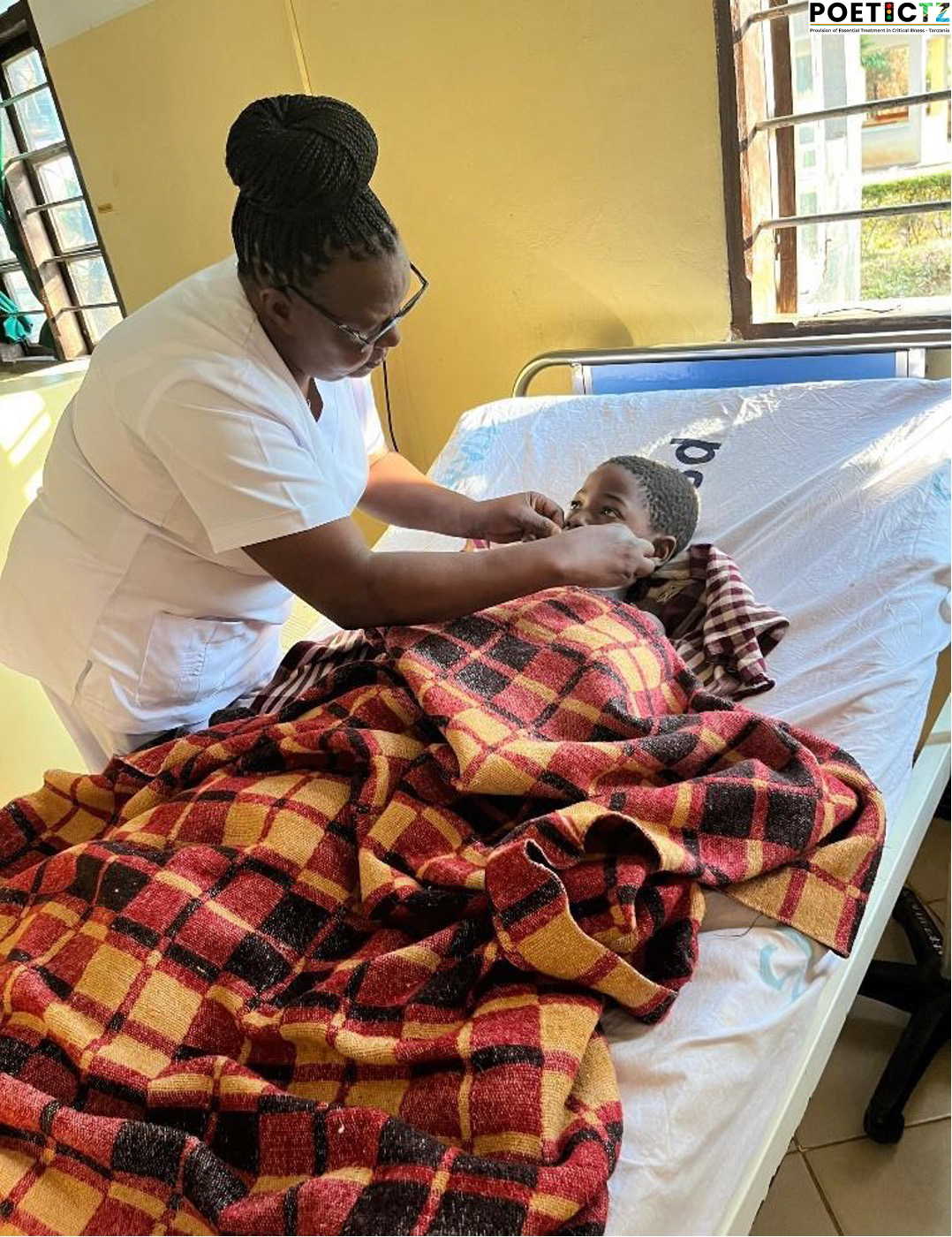“Seeing him struggling to breathe was the most frightening moment of my life… but when we arrived here, I started regaining hope as I saw the doctors and nurses doing everything they could to save my son.”— Salimu’s mother
Thirteen-year-old Salimu loved swimming with his friends in a nearby lake. One afternoon, their play turned into panic. Salimu slipped beneath the water and nearly drowned. His friends screamed for help, and nearby farmers rushed to the scene. They pulled him from the water, gave basic first aid, and rushed him to the district hospital, where healthcare workers trained in Essential Emergency and Critical Care (EECC) were ready.
“When Salimu arrived at the hospital, his oxygen levels were very low,” recalls Nurse Asha, who first received him. “Because of the EECC training, I knew immediately he was critically ill. We started oxygen therapy without delay and called the doctor to assist.”
An x-ray confirmed that Salimu had acquired a dangerous condition called aspiration pneumonia, caused by water entering his lungs. He was admitted to the ward, placed on strong oxygen support, and started on antibiotics. Slowly, his oxygen levels began to rise, and his breathing steadied.


By the fifth day, Salimu was breathing normally again without oxygen. By the eighth, he had completed his course of antibiotics and was strong enough to return home. His mother’s relief was immeasurable:
“Today, he is alive, breathing well, and ready to return to school. I am deeply grateful to the health workers for their care and for giving me back my child.”


